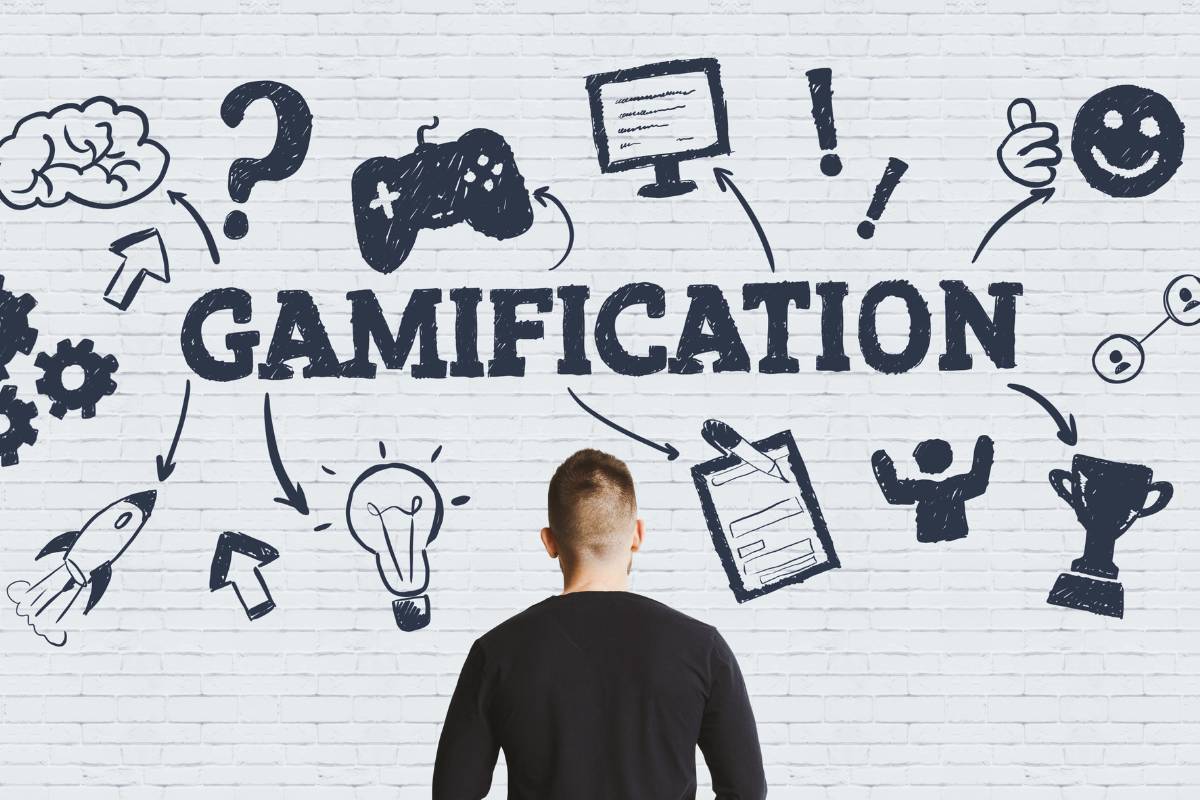
In the fast-evolving world of digital marketing, brands are constantly searching for innovative strategies to boost user engagement and retention. One of the most effective and increasingly popular techniques is gamification. By integrating game-like elements into marketing campaigns, brands can significantly enhance customer interactions, increase loyalty, and drive conversions.
What is Gamification in Digital Marketing?
Gamification involves incorporating game mechanics, psychology, and design elements into non-gaming environments to make user interactions more engaging. It can take many forms, including point-based reward systems, challenges, badges, leaderboards, quizzes, and interactive storytelling.
Why is Gamification Effective?
Gamification taps into fundamental human psychology:
- Dopamine Release: Achievements, rewards, and competition trigger a sense of pleasure, keeping users engaged.
- Sense of Progression: Users are motivated by incremental challenges, levels, or milestones.
- Social Influence: Leaderboards and social sharing encourage participation and engagement.
- Increased Brand Loyalty: Customers who interact in gamified experiences tend to develop stronger emotional connections with brands.
Innovative Gamification Strategies for Digital Marketing
1. Interactive Rewards and Loyalty Programs
Brands can gamify loyalty programs by introducing tiered memberships, points, and milestone rewards. Instead of offering simple discounts, brands can design engaging challenges where users earn points for completing specific actions like purchases, referrals, or social shares.
Example: Starbucks Rewards gamifies customer purchases by offering stars for each order, which can be redeemed for free products and exclusive perks.
2. Quizzes and Interactive Content
Quizzes, personality tests, and trivia challenges can drive user engagement by making marketing content more personalized and interactive.
Example: BuzzFeed’s quizzes attract millions of users by making them feel involved and curious about the results. Brands can leverage similar mechanics to guide users toward specific products or services.
3. Spin-to-Win Campaigns
A simple yet effective strategy is the “spin the wheel” feature on websites where users can win discounts, coupons, or special deals. This small addition increases excitement and boosts conversion rates.
Example: E-commerce websites like Shopify stores frequently use spin-to-win pop-ups to capture emails and enhance user engagement.
4. Leaderboards and Competition-Based Marketing
Encouraging friendly competition through leaderboards, challenges, and contests can increase brand engagement and word-of-mouth marketing.
Example: Nike Run Club encourages fitness enthusiasts to participate in challenges, track their progress, and compete with friends, fostering strong brand loyalty.
5. Augmented Reality (AR) & Virtual Reality (VR) Integration
With advancements in AR and VR, brands can create immersive gamified experiences to engage customers in unique ways.
Example: IKEA Place AR app allows users to virtually place furniture in their homes, creating an interactive and gamified shopping experience.
6. Storytelling Through Gamification
Rather than simply selling products, brands can use interactive storytelling to engage users. Choose-your-own-adventure-style campaigns make users feel like active participants in a brand’s journey.
Example: Duolingo keeps users engaged in language learning through storytelling, progress bars, and achievement badges.
7. Gamified Social Media Engagement
Social media contests, hashtag challenges, and interactive posts keep users engaged with a brand’s digital presence. Brands can offer rewards for sharing content, tagging friends, or completing specific actions.
Example: Instagram challenges like #InMyFeelingsChallenge went viral, proving how gamification can drive social media engagement and virality.
How to Implement Gamification in Your Digital Marketing Strategy
Step 1: Understand Your Audience
- Identify what motivates your customers (competition, rewards, exclusivity, etc.).
- Choose a gamification strategy that aligns with their interests.
Step 2: Set Clear Goals
- Define the key metrics you want to improve (engagement, retention, conversions, or brand awareness).
- Use analytics tools to measure the effectiveness of gamification efforts.
Step 3: Choose the Right Gamification Elements
- Decide whether to incorporate points, badges, leaderboards, rewards, or interactive storytelling.
- Keep the system simple and intuitive to encourage participation.
Step 4: Integrate Across Marketing Channels
- Use email marketing, social media, and websites to promote gamified campaigns.
- Leverage mobile apps for an enhanced gamification experience.
Step 5: Track, Analyze, and Optimize
- Use analytics tools like Google Analytics, HubSpot, or heatmaps to track user engagement.
- Continuously tweak campaigns based on user feedback and performance data.
Future of Gamification in Digital Marketing
With AI, blockchain, and Web3 technologies, gamification will become even more interactive. NFT-based rewards, metaverse experiences, and AI-powered personalization will redefine customer engagement. Brands that leverage these innovations early will gain a significant competitive edge.
Final Thoughts
Gamification is no longer just a trend—it’s a powerful tool that enhances user retention, engagement, and brand loyalty. Whether through interactive rewards, quizzes, social media challenges, or AR experiences, incorporating game elements into digital marketing can significantly boost your brand’s success. The key is to create a seamless, fun, and rewarding experience that keeps users coming back.
